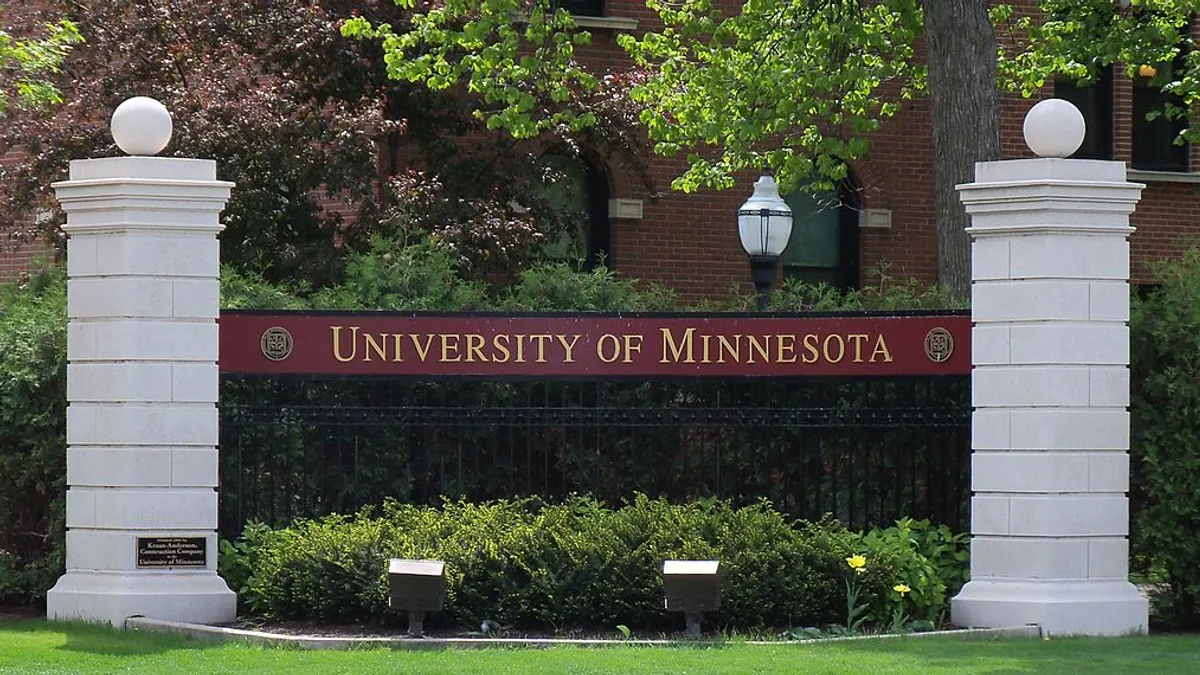Dive Brief:
- Rice University this week announced plans to offer steep discounts in undergraduate tuition for middle-income students while increasing aid for lower-income students beginning in the fall of 2019.
- The university will offer full-tuition scholarships to students with annual family incomes between $65,000 and $130,000 and scholarships covering at least half of tuition to students from families earning between $130,000 and $200,000. Rice also will offer grant aid to those with family incomes of less than $65,000, covering tuition as well as mandatory fees and room and board.
- To address the growing student debt burden, Rice will not offer loans as part of need-based financial aid packages and instead will award scholarships and grants. It will require students to contribute earnings from academic year and summer jobs.
Dive Insight:
Consumer backlash and declining enrollments have many colleges going beyond discounts to reduce their posted tuition prices, which climbed 63% in the decade ending in 2016, The Hechinger Report explains, citing Bureau of Labor Statistics data.
For example, St. John's College, with campuses in Maryland and New Mexico, is cutting its advertised tuition by $17,000 and hopes to make up the revenue difference with a $300 million fundraising campaign. Declining enrollment has caused the private liberal arts college's tuition revenue to shrink from 70% of its budget in the past to 40% in 2017.
It's not alone. Elizabethtown College, in southeast Pennsylvania, will trim its advertised tuition by one-third with the goal of growing future incoming classes by 15-20%. In Atlanta, Oglethorpe University plans to charge out-of-state students who meet certain academic criteria the same tuition they'd pay at flagship public colleges in their home state. Its advertised tuition rate is $37,920.
Other colleges, such as Rice, are continuing the practice of discounting tuition on a per-student basis, rather than lowering the advertised cost across the board.
Discounts are expected to reach 50% at private colleges this year, according to the Association of College and University Business Officers, topping record levels in 2016-17. That year, the group reported, tuition costs were about 48% less for first-time, full-time freshman and 44% for all undergraduates.
But there may be a cost to students to tuition discounting. Some argue the discounts discourage students from applying to more expensive schools because they aren't certain of the extent to which their financial needs would be met.








